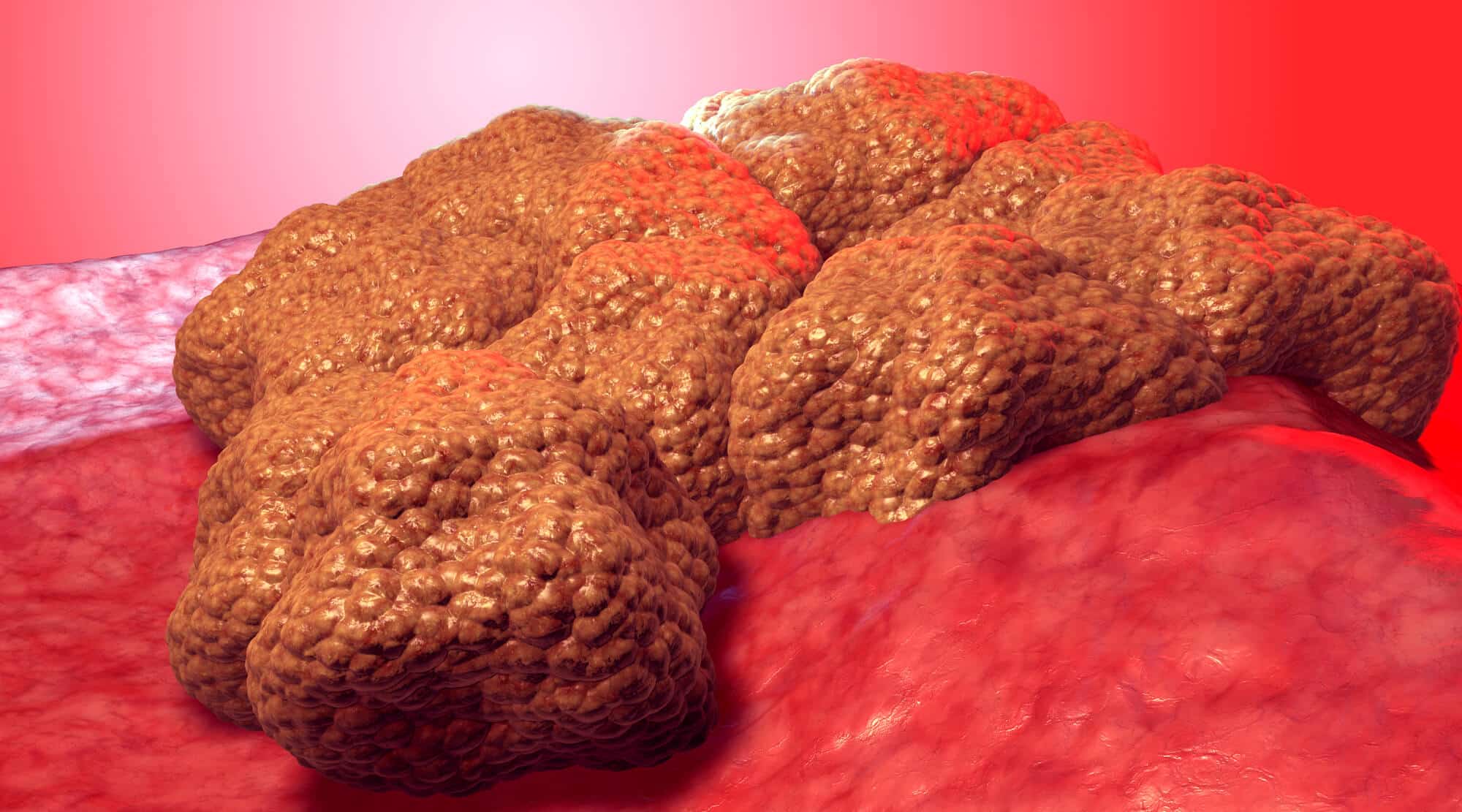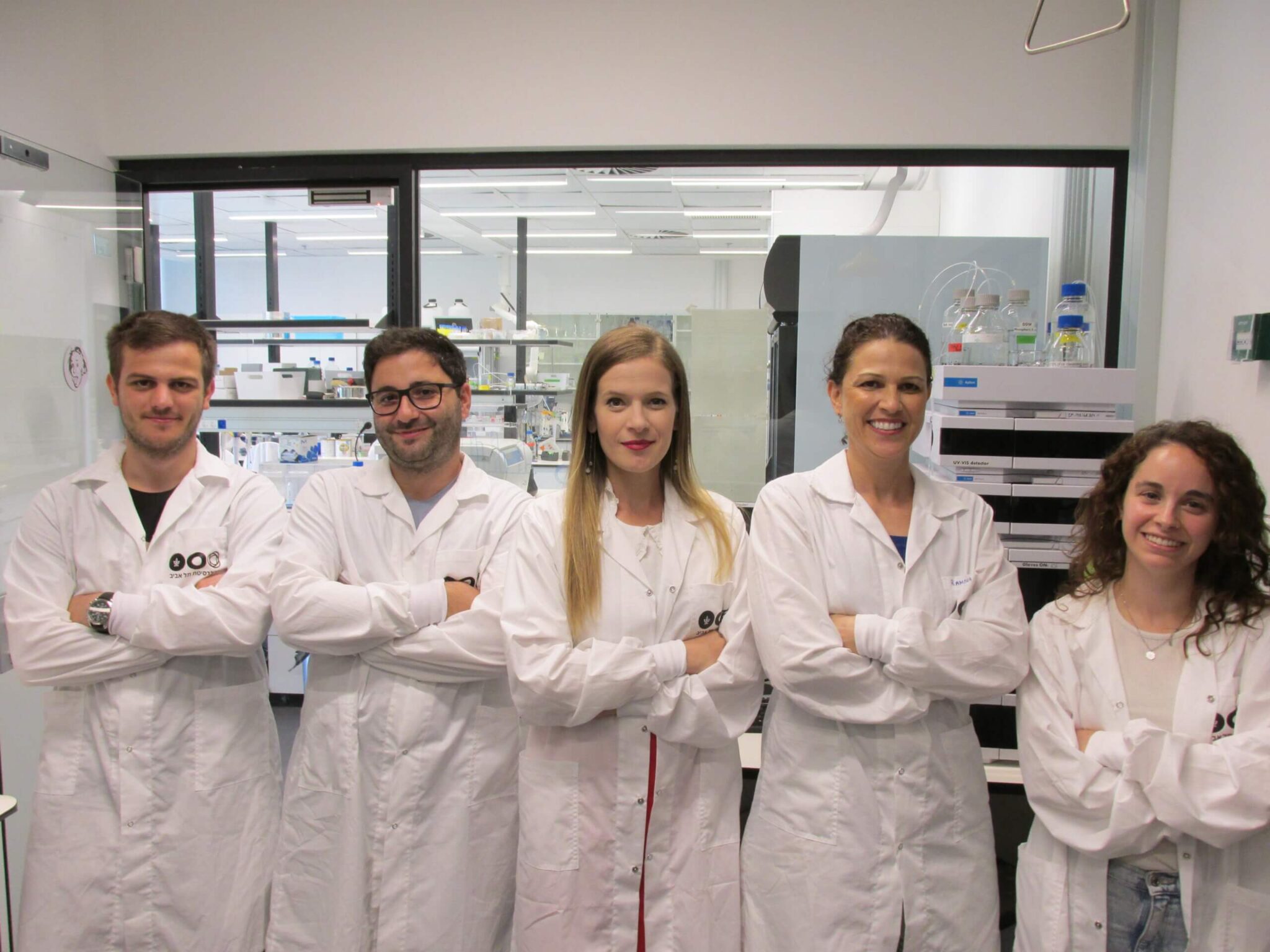The researchers explain that today, the accepted method of treating cancer is surgical removal of the tumor, in combination with complementary treatments (chemotherapy, immunotherapy, etc.). Therapeutic ultrasound is a non-invasive alternative to destroying the cancerous tumor instead of surgery

A new technology from Tel Aviv University makes it possible to destroy cancerous tumors in a targeted manner and through a combination of ultrasound and the introduction of nanobubbles into the bloodstream. According to the team of researchers, unlike other treatment methods that included invasive penetration into the body and injection of microbubbles into the tumor itself, the latest technology enables the destruction of the tumor without the need for invasive treatment.
The research was conducted under the leadership of doctoral student Mike Bismuth from the laboratory team of Dr. Tali Ilovitz, Department of Biomedical Engineering and in collaboration with Dr. Dov Hershkovitz from the Department of Pathology, all from Tel Aviv University. Prof. Agatha Exner from Case Western Reserve University in Cleveland, USA, also participated in the study. The study was published in the journal "Nanoscale".
Dr. Tali Ilovitz: "Our new technology makes it possible to inject into the bloodstream, in a relatively simple way, nanobubbles that concentrate in the area of the cancerous tumor. After that, by using a low frequency ultrasound we explode the nanobubbles and thus the tumor they surround."
The researchers explain that today, the accepted method of treating cancer is surgical removal of the tumor, in combination with complementary treatments (chemotherapy, immunotherapy, etc.). Therapeutic ultrasound is a non-invasive alternative to destroying the cancerous tumor instead of surgery.

This method has advantages and disadvantages, when on the one hand, it allows for local and targeted treatment - the use of high-intensity ultrasound can produce thermal or mechanical effects with the help of the delivery of powerful acoustic energy to a focal point with high spatial-temporal precision. This method has been effectively applied to the treatment of solid tumors deep in the body. In addition, it makes it possible to treat patients who are unfit for surgical tumor resection. On the other hand, the disadvantage is that the heating and the high intensities of the ultrasound waves may damage the tissues near the tumor itself.
In the new study, Dr. Ilovitz and her team tried to overcome the problem of damage to healthy tissues. As part of the experiment, which included an animal model, the researchers were able to destroy the tumor by injecting nanobubbles into the bloodstream (as opposed to local injection of microbubbles into the tumor itself to date) in combination with low-frequency ultrasound waves and with minimal off-target effects.
Dr. Ilovitz: "The combination of nanobubbles together with low frequency ultrasound waves provides greater specificity to the tumor area and contributes to reducing off-target toxicity. Applying the low frequency to the nanobubbles causes them to swell and explode in an extreme way already at low pressures, which makes it possible to perform mechanical destruction treatment of the tumors at small pressure thresholds. The method has the advantages of ultrasound, in that it is safe, economical and clinically available, and in addition, the use of nanobubbles facilitates the targeting of tumors because they can be observed with the help of ultrasound imaging.
Dr. Ilovitz adds that the use of low-frequency ultrasound additionally increases the depth of penetration, minimizes distortion and attenuation, and increases the focal point. This can help treat deep-seated tumors and make it easier to treat larger tumor volumes at the same time. The experiment was conducted in a model of breast cancer in mice, but it is likely that it is compatible with other types of tumors and in the future it may also be adapted to humans."
- A new mechanism for artificial stimulation of the brain using ultrasound
- A robot for autonomous analysis of soft tissues has registered success in experiments in pigs
- Vensica Medical has completed a fundraising round of half a million dollars
- Anesthetics "hijack" brain circuits related to sleep mechanisms
